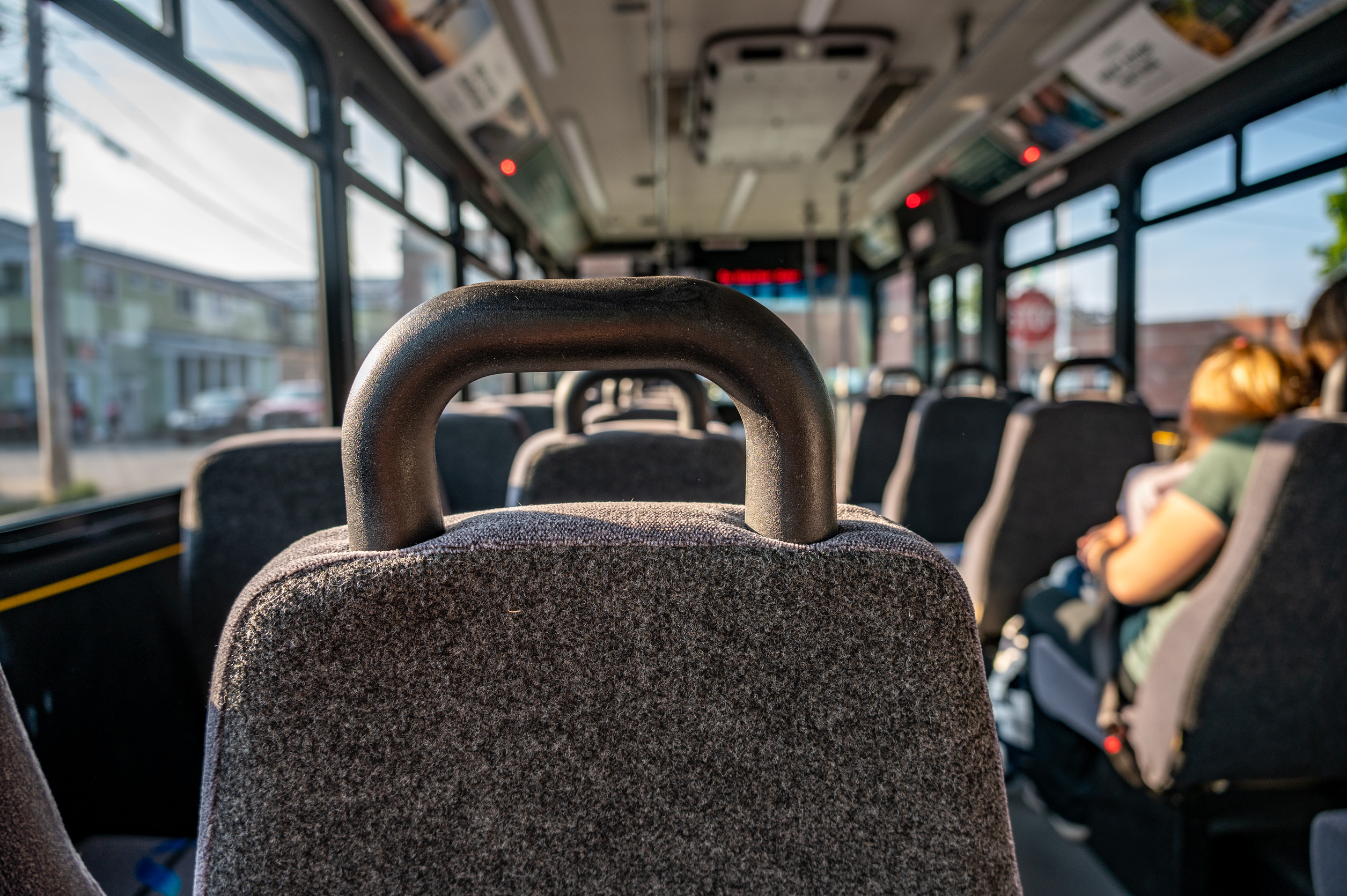Meeting someone new can be thrilling—full of possibility, hope, and maybe even a touch of serendipity. But despite all the romantic comedies and glossy dating advice columns promising sparks in coffee shops or elevator run-ins, not every place is designed for meaningful human connection.
Meeting Someone New Isn’t Always Easy – But It Is Possible
Some places practically guarantee awkwardness, miscommunication, or plain disappointment. Yet strangely enough, no one ever talks about these social traps. These are the spaces where expectations meet a quiet thud—and where many leave wondering why they even tried.
Airports: Everyone’s in Transit, Not Emotionally Available
Airports might seem like a prime location for chance encounters—what with all the waiting, the people-watching, and the cinematic lighting. But in reality, everyone is either rushing to a gate or steeling themselves for a TSA pat-down. Emotional bandwidth is stretched thin, and few are in the mood for spontaneous conversations about shared destinations. Even during long layovers, most people are glued to their screens or anxiously double-checking their boarding passes. The fleeting nature of air travel doesn’t lend itself well to forming anything deeper than small talk over overpriced coffee.
The Gym: Sweaty, Focused, and Definitely Not Social
Fitness spaces are often sold as hotspots for connection, but the reality is sweatier and more socially complicated. Most people are there to improve themselves—not field introductions between reps or cardio intervals. It’s hard to strike up a genuine conversation when one or both parties are out of breath or drenched in perspiration. Add in headphones and an unspoken code of gym boundaries, and it’s clear this isn’t a place where relationships bloom. For many, an attempt at conversation here feels like an interruption, not an invitation.
Weddings: Romance Is in the Air, But Not for Strangers
There’s a myth that weddings are perfect for meeting someone because love is literally being celebrated. But underneath the joy is a thick layer of social choreography, where everyone already knows everyone else—or is sitting at the kids’ table. Conversations often feel forced because guests are on different social or emotional wavelengths, divided by history or family ties. And being a plus-one among tightly bonded groups can leave someone feeling more like an outsider than a guest. It’s hard to build something new when everyone else is revisiting the past or focusing on the bride and groom.
Networking Events: Business Cards, Not Heartstrings
Professional networking events are built around one goal—connection—but not the romantic kind. The atmosphere is transactional, and conversations are more likely to start with “What do you do?” than “What brings you joy?” Flirting or even casual friendliness can be misread or dismissed, especially when career ambitions hang in the air. Everyone is there to pitch themselves, not open up emotionally or take social risks. It’s difficult to pivot from LinkedIn talk to anything personal without seeming out of sync with the room’s purpose.
Bookstores and Libraries: Quiet Doesn’t Equal Invitation
There’s something irresistibly romantic about meeting someone in a bookstore, reaching for the same copy of a classic novel. But in practice, most people in bookstores or libraries are deep in thought, absorbed in their interests, and not looking to make eye contact, let alone conversation. These environments often feel sacred—spaces for solitude, reflection, and internal dialogue. Interrupting someone’s quiet moment for small talk can feel intrusive, even when intentions are kind. It’s a delicate setting where even the best icebreaker can fall flat.
Public Transportation: Everyone Wants to Be Somewhere Else
Trains, subways, and buses are full of people, which might suggest opportunity. But nearly everyone is mentally checked out, headphones in, avoiding eye contact, and counting the stops. The lack of personal space doesn’t create intimacy—it creates discomfort. With tired commuters and unpredictable delays, the last thing most people want is to chat with a stranger. Any attempt to strike up a conversation can be seen as intrusive or even suspicious, especially during rush hour.
Bars and Nightclubs: Loud, Crowded, and Full of Mixed Signals
Bars and nightclubs are always pitched as go-to places for meeting someone, but they’re often more illusion than reality. Music drowns out actual conversation, and the dim lighting conceals more than it reveals. People are often performing versions of themselves—dancing, drinking, posturing—rather than being genuine. Alcohol can blur boundaries and lead to misinterpretations, leaving both parties unsure of what’s real. In the end, the chaos makes it hard to truly connect beyond the surface level.
Volunteer Events: Great Intentions, Awkward Dynamics
Volunteering brings together kind-hearted people, but that doesn’t always translate to romantic or social chemistry. The focus is usually on the task at hand—serving food, cleaning up, or organizing donations—not mingling. Conversations tend to be short, goal-oriented, and surrounded by structured roles. Any deviation from the mission can feel out of place, even if the environment seems friendly. While it’s nice to bond over shared values, volunteer settings rarely offer the space for deeper, unscripted interactions.
Grocery Stores: Glancing at Produce, Not People
The idea of meeting someone over avocados in aisle three is charming but deeply impractical. Most shoppers are there with a list and a mission, not open for banter or compliments. It’s hard to build rapport when one person is mid-decision over pasta sauce and the other is rushing toward the frozen foods. Timing is everything, and in grocery stores, it’s almost always wrong. Even if eye contact is made, it’s fleeting and quickly lost in the checkout line shuffle.
Elevators: Short Rides, Long Silences
There’s no more confined social space than an elevator—and no less appropriate setting for starting something new. People instinctively avoid eye contact, stare at the floor numbers, or fake texting just to dodge conversation. The silence is palpable, but it’s not the kind that invites warmth or curiosity. With such limited time and space, any attempt at small talk can feel abrupt or forced. Elevators are made for moving between places, not people.
The Myth of “Anywhere, Anytime”
The modern dating mindset sometimes encourages the idea that connections can—and should—happen anywhere. While this might sound empowering, it often overlooks how context shapes comfort, communication, and chemistry. Not every place is set up to nurture something meaningful, and pushing for interaction in the wrong space can lead to awkwardness or even rejection. Social dynamics are real, and so is the emotional energy required to approach a stranger. Recognizing where not to try can be just as valuable as knowing where to begin.
Meeting someone new can feel like searching for light in the fog—but knowing where not to look clears the path forward. These spaces aren’t impossible, but they’re full of hidden barriers that people often underestimate. By understanding the emotional climate of these settings, it’s easier to recognize when the odds are stacked against a true connection. There’s no shame in stepping away from the “meet-cute” myths and waiting for better moments.
Have thoughts on places that should’ve made the list? Add your take in the comments—someone out there is probably thinking the same thing.
Read More
6 Reasons It’s Difficult To Make New Friends After 40
5 Powerful Reasons Meeting Someone in Real Life Can Lead to True Love


